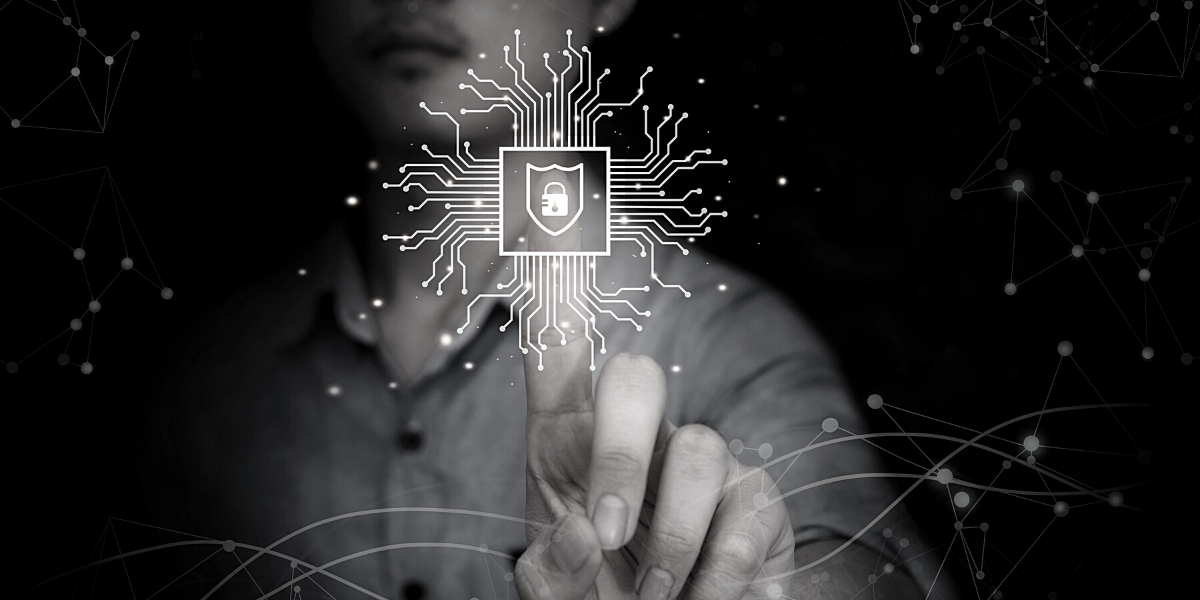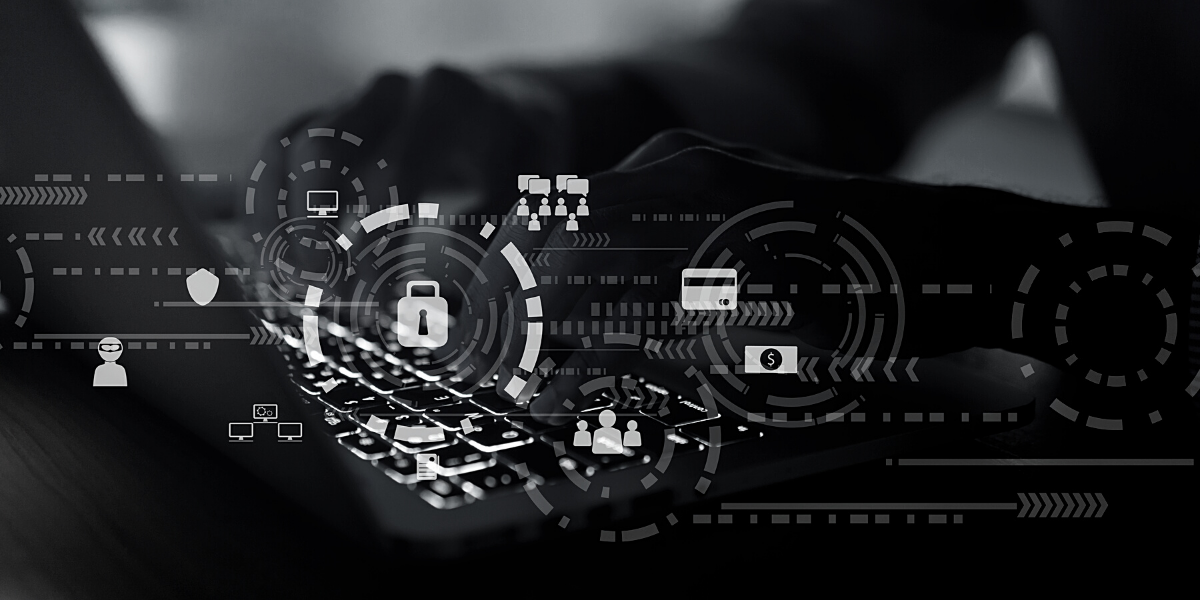Our 4 Predictions Impacting Cybersecurity in 2021 & How to Stay Protected

There is no doubt that 2020 was a year of unprecedented challenge. Both personally and professionally we had to completely shift our perception of so many domains and adjust to a whole new reality on so many levels. Specifically, on the cybersecurity-level, we needed to change strategies and tactics and redefine how we protect our organization, people, and data.
With work being sent home, infrastructures, and communications becoming more distributed, and with new types of attacks coming to the fore, this was a year marked by the need to adapt.
As we all gear up for 2021, the goal of many organizations is to move beyond adapting and to reclaim the path to thriving. Towards this end, nothing can be more useful in helping us prioritize, plan, and get ready than an accurate understanding of what will be the state of cybersecurity in the year ahead.
With this post, our aim is to provide you precisely with this understanding. Accordingly, we are happy to present the top four trends that are expected to hold great sway over how organizations are preparing to protect themselves against cybercrime in 2021, as well as some valuable tips on how to maximize resilience in the year to come (and beyond).
Trend #1: The Proliferation of MSSPs
The Upside
We recently discussed the attractiveness of managed security service providers (MSSPs), particularly for small-to-medium businesses.
Namely, by handling activities such as malware, malicious email campaigns, and user behavioral anomalies, and managing security system operations, among others, MSSPs can help organizations avoid the need to bring the required skills in-house.
And this is important since professionals with these skills are very hard to find and retain, and it is also very expensive and time-consuming to continually develop such skills.
In fact, it so hard to find such professionals that it has been noted that 2021 will see 3.5 million unfilled cybersecurity jobs worldwide.
So it’s no surprise that the MSSP market is expected to grow to $46.4 billion by 2025.
The Downside
With all the promise, it is important to note that the MSSP option is still out of reach for most SMBs. This is because these services typically come with a hefty price-tag.
Moreover, the portfolio of MSSP services rarely covers the full scope of protection and investigation needs. Organizations often still need to invest in cost-intensive SIEM solutions, DFIR services, and CTI, which require a solution, technology, process, and regulatory expertise.
Trend #2: accelerated adoption of XDRs
The Upside
Extended detection and response (XDR) solutions are designed to help organizations overcome the challenges of logging, investigation, and response.
Moreover, XDR offers a solution for going beyond just endpoint detection and response (EDR), by providing unified visibility across multiple attack vectors with a single pane of glass management and with a semi-centralized repository for logs, investigations, and response. Accordingly, in its “Top Ten Security Projects for 2020-2021,” Gartner places XDR in the top three, noting that: “Organizations should consider using this technology to simplify and streamline security.”
The Downside
As with MSSPs, though, there are caveats to consider when evaluating XDR. Namely, XDR capabilities are limited to and do not always include full security operations management support. Some XDR solutions will only support environments that include products from the XDR vendor, or a limited group of vendors. Other solutions are very complex and difficult to manage. While some lack the agility to fit the organization’s needs. Moreover, the costs involved are high, particularly when looking at the mounds of logs that are produced and which need to be stored.
Trend #3: The Continued Rise of Multi-Cloud Environments
The Upside
The infrastructural pillar of digital transformations around the world is the cloudification of systems and applications. This shift to the cloud brings many well-known benefits including flexibility, elasticity, always-on operations, agility, and cost-efficiency.
And in these transformations, moving to a multi-cloud environment is inevitable, with 93% of organizations having a multi-cloud strategy in place.
This is because this approach delivers many benefits, including minimizing downtime, accommodating peak usage, and more.
“Nowadays, multi-cloud is the norm. This allows organizations to save money, avoid vendor lock-in, and to give developers the tools they want to use to deliver cloud-based applications.” (SANS Institute)
The Downside
With all the benefits of multi-cloud, securing a multi-cloud environment brings multiple challenges, such as complex integrations, management, and cost planning, as well as difficulty in finding professionals with the requisite cross-platform skills.
Moreover, multi-cloud environments are marked by a greater number of vulnerabilities, due to frequent and prevalent misconfiguration. And maintaining these environments also means that there is a larger landscape to secure, which – clearly – is a much more complex and challenging endeavor.
In addition, all the different systems involved generate masses of logs which increases the cost of security. And not all logs are relevant, where it can be very difficult to determine which logs should be kept and audited.
Trend #4: Working From Home is Here to Stay
The Upside
The migration of the workforce to the home is one of the most prominent outcomes of a pandemic-stricken world. This new world of remote work is not going to go away even after mass distribution of a vaccine. Gartner has stated that 74% of companies surveyed by the firm are planning to permanently shift to more remote work post-Covid.
The benefits are many – including reduced costs from unneeded office real estate, a reduced vehicle fleet, and fewer expensive business trips due to cloud-enabled video conferencing. Alongside the benefits, however, the impact of wide-reaching work-from-home on security is game-changing.
The Downside
The challenge to cybersecurity is greater than ever in this new mode of work. In their effort to adapt to the ‘new normal,’ many organizations had no choice but to take many shortcuts, bypassing incumbent security processes and controls to assure continuity and productivity.
There are multiple patches and temporary security solutions that had been implemented and as a result, today it is quite difficult to get an accurate view of the organization’s security posture.
And to complicate matters, even more, it is equally (if not more) difficult to have one holistic view of all the potential and actual security events that are occurring across the organization and to evaluate and prioritize alerts, as well as gather the data required to contain the threat and resolve the incident. What this means is that organizations today are at a greater risk than ever of cyberattacks.
The 4 Pillars of Maximizing Protection in 2021
As we can see, the security landscape in 2021 is headed towards ever-growing complexity and ongoing challenges, requiring:
- Robust yet cost-efficient security operations management
- Inclusive ‘all vector’ protection solutions that goes beyond alerting
- Avoiding cloud-related security vulnerabilities that are typical to multi-cloud environments
- Protecting the work-from-home organization against rising cyber threats
Achieving these capabilities means not only being able to adapt better to the fast changes that are brought upon us by the pandemic.
It means being confident that the organization is well protected against even the most sophisticated of cyber threats and that productivity and continuity will not be harmed so that the organization can thrive. The key is having the right tools in place and the well-honed expertise at hand.
To learn more about how CYREBRO can help your organization improve its security posture with clarity, simplicity, intelligence, and cost-efficiency, visit our website.

